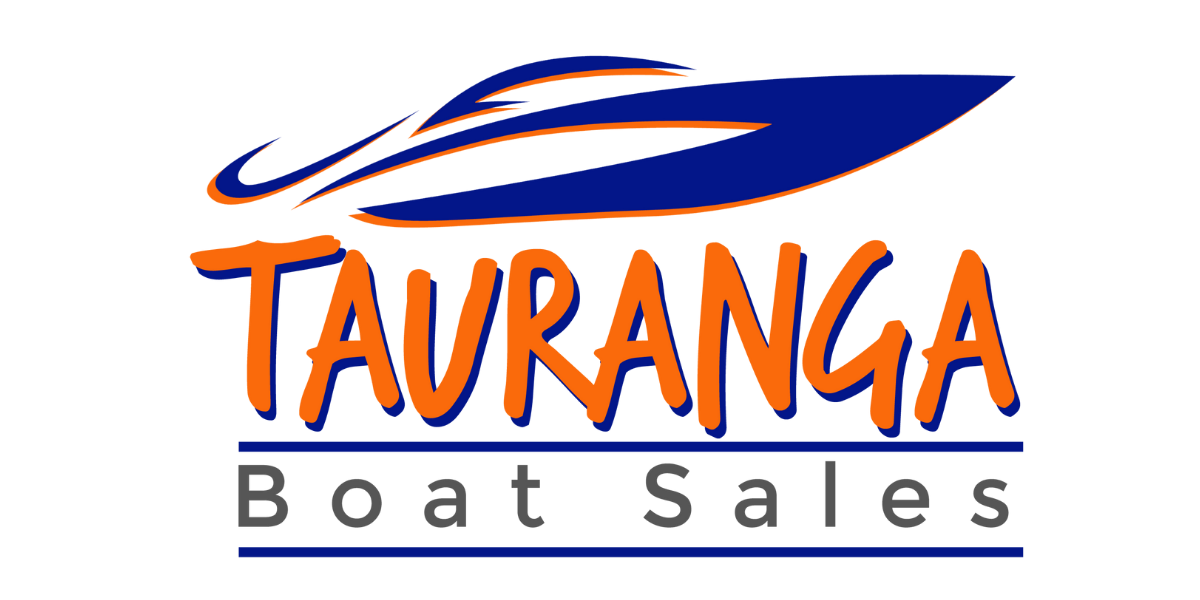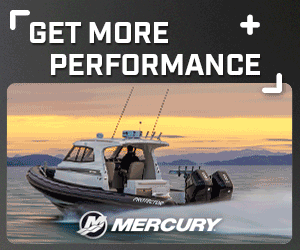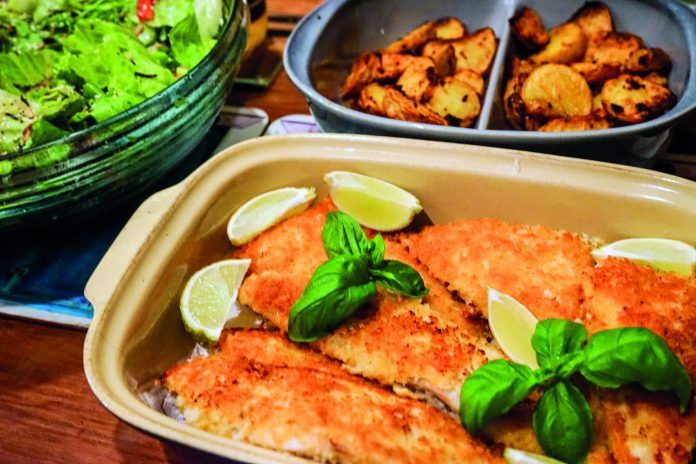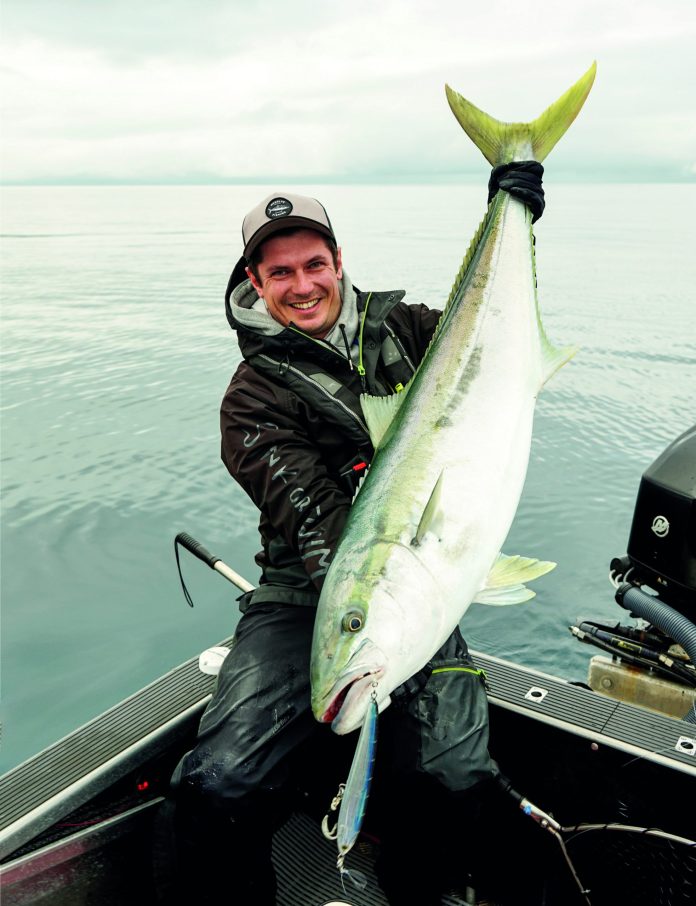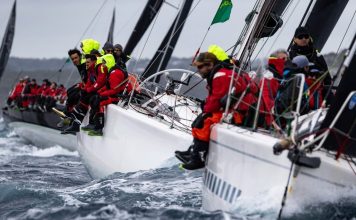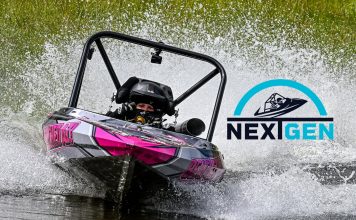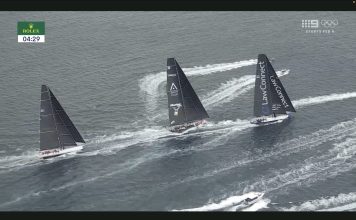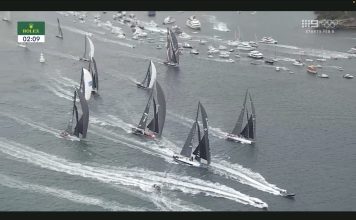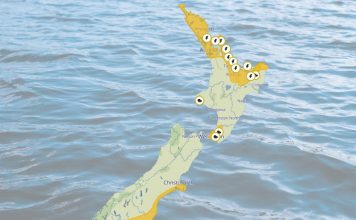A letter in June’s Boating New Zealand, ‘Save our Gulf’ by Mark and Debbie Hampson, struck a chord with me.As Auckland boaters with 50 years’ experience sailing and fishing in the Hauraki Gulf, the Hampsons’ letter is a plea for all of us to take more care, exercise more personal responsibility, and to be more proactive in protecting the Hauraki Gulf.
The couple is involved in a proposal for a small inner Gulf marine reserve, which will encompass an area of shallow reef near Waiheke Island. This advocacy was probably the catalyst for the letter, but the changes they have observed in the Hauraki Gulf in their lifetime should catch our attention, nonetheless.
The Hauraki Gulf has changed in 50 years, markedly in the last century, but it can be hard to quantify by how much or in what ways. Depending on your starting point and whether your benchmark is based on anecdotal evidence (memory) or more scientific statistical evidence, the degree of observed change varies a great deal.

For instance, there is no doubt there are fewer snapper (and other fish) present in the Gulf than there were 100 years ago (perhaps as much as 80% less, according to some estimates). That assumption is based largely on historical accounts and photographic evidence – 80-year-old pictures of charter fishing boats and private yachts with rails and rigging festooned with snapper, hapuku, kingfish and sharks would suggest the fishing was pretty good back then! You can’t catch hapuku anywhere near Auckland these days.
But go back 30-some years, when I first started small boat recreational fishing in the Waitemata, and I remember fishing that was less good than it is today with fewer and smaller snapper and kahawai. Catching trevally, john dory and gurnard was rare and kingfish were noteworthy. Compared to what I had become used to in Northland, the fishing was rather disappointing.
In the last 15 years or so, I think fishing in the Waitemata has improved a lot, especially snapper fishing. Again, it’s only a personal observation, but I have caught more and larger fish in the same waters, especially snapper, in recent years than I ever did before. Sure, the gear is better and possibly so are my skills, but my observations are shared by most fisher people I talk with and supported by scientific survey evidence that indicate snapper stocks inside the Hauraki Gulf are building.
Nor have I noticed any decrease in the abundance of bait fish such as anchovies and pilchards, despite reports the schools are dwindling and spotted shags are dying for lack of food. If anything, anchovy runs in the last few seasons have been epic!
That said, the Hauraki Gulf is under siege from pollution, habitat destruction, sedimentation and overfishing, symptomatic of the region’s growing population, burgeoning urban sprawl and ever more intensive farming in the Gulf’s catchments. Establishing more marine reserves is one of a range of actions being advocated to ameliorate the Gulf’s environmental problems.
The subject of marine reserves has always polarised people. ‘Stake-holders’ – that rather manufactured term fisheries managers use to describe the disparate users of every marine resource – tend to be deeply divided on the subject: commercial fishing interests are usually against any restrictions on where they may fish, recreational fishers are often equally suspicious, while Greens and conservationists tend to be more broadly supportive of reserves.

It’s certainly true that most stakeholders object to proposals for a marine reserve in ‘their’ backyard, especially if said reserve would encompass waters people have historically fished. Opposition to reserves is always strongest where they are proposed for easilyaccessible areas, which is why there are so few in the Hauraki Gulf or close to urban areas elsewhere in New Zealand.
It’s an often-quoted statistic, but National Parks encompass almost 11% of New Zealand’s land mass, while marine reserves protect only 3.5% of New Zealand’s mainland coastal waters (some 612km2). In the Hauraki Gulf, marine reserves make up just 0.3% of the Marine Park, although, like other parts of New Zealand, lesser levels of protection are in place for large parts of it, including cable zones where anchoring and fishing is prohibited and the inner Gulf’s trawler exclusion zone.
Some years ago, a plan was announced to place at least 10% of New Zealand’s territorial waters into marine reserves. Currently, 9.8% is protected within 44 marine reserves covering 17,698km2 , but nearly all of this (96.5%) lies inside the offshore marine areas of the Kermadec and sub-Antarctic island groups. Mainland New Zealand’s diverse marine ecosystems enjoy little protection from marine reserves.
The Kermadec Islands, 1000km northeast of New Zealand and seldom visited, are currently protected by a marine reserve extending 12 nautical miles from the islands’ cliffs and beaches, plus some Benthic Protected Areas (BPAs) that protect the seafloor from dredging and trawling. Fishing above the seafloor is allowed.
A bill for a proposed Kermadec Ocean Sanctuary was put before parliament in 2016. It would encompass 620,000km2 35 times larger than the combined area of New Zealand’s 44 existing marine reserves. Should it be implemented, 15% of New Zealand’s marine environment will have full protection.

However, facing strong opposition by Maori-owned commercial fishing interests and from coalition partner NZ First, the bill is effectively dead in the water. Four years on with the bill still awaiting its second reading, a Kermadec Ocean Sanctuary is looking increasingly unlikely.
While I’m certainly not convinced marine reserves are the answer to fisheries management, they do have a valuable role to play in preserving species diversity and providing refuges for marine creatures vulnerable to fishing. In some instances, they act as reproductive reservoirs from which fish and other marine creatures can spread out into surrounding waters, though whether that benefits the fishery in any meaningful way is unclear. Perhaps the existing marine reserves are too small and too few to make any real difference?
What is clear is the dramatic difference in biodiversity and abundance within New Zealand marine reserves and without, at least in well-studied cases such as Goat Island Marine Reserve north of Auckland. If you believe, as I do, that biodiversity is desirable, the argument for more marine reserves is strong.
Of course, the debate around marine reserves is tied up with other concerns around fisheries, the marine environment and access to marine resources. Recently there has been a spate of newspaper articles and opinion pieces highlighting the Hauraki Gulf’s plight, much of it lifted from conclusions published by the Sea Change organisation or published in the Hauraki Gulf Forum’s State of the Gulf 2020 document, which came out of 2019’s Making Waves Conference.
Both of these organisations quoted some pretty disturbing statistics, pointing to a continuing decline in the overall health of the Hauraki Gulf and all its creatures, although some of the baselines they have used seem to me to be rather fanciful, given the lack of good historical data.

With all the publicity – and given the way so many Aucklanders enjoy the Gulf’s fishing, boating and marine recreation opportunities – every man and his dog has waded in, offering ideas on how its marine resources should be allocated and managed. Much of the commentary is ill-informed, based on the most simplistic of premises, or just downright reactionary. Sorry folks, these are not simple issues! If they were, there would be simple solutions.
Add into the mix Legasea’s latest fisheries management submission, Rescue Fish, which condemns the current Quota Management System (QMS) and advocates ‘a holistic solution to remedy depleted fish stocks and address environmental damage.’ The plan is an alternative to the QMS which aims to restore coastal fish stocks and revitalise New Zealand’s commercial fishing sector, today owned by just a handful of corporate entities.
At least Legasea has done the hard yards, basing its conclusions and recommendations on stakeholder consultation, rigorous research and statistical evidence.
The Rescue Fish plan is comprehensive and bold. If you care about our marine environment, take the time to read it: https:// legasea.co.nz/2020/05/28/launching-rescue-fish. It will doubtless encourage still more commentary, only some of it useful!








